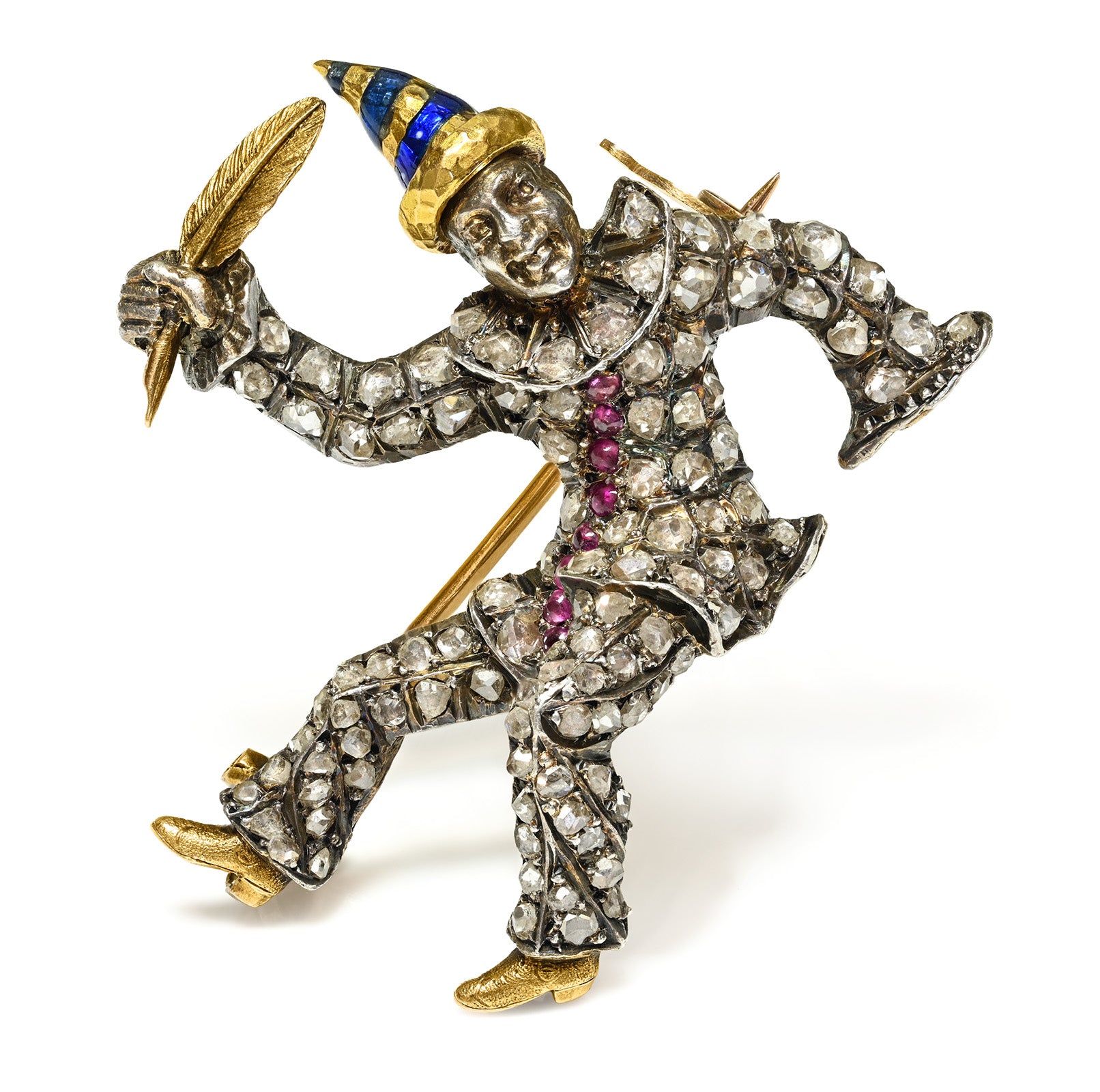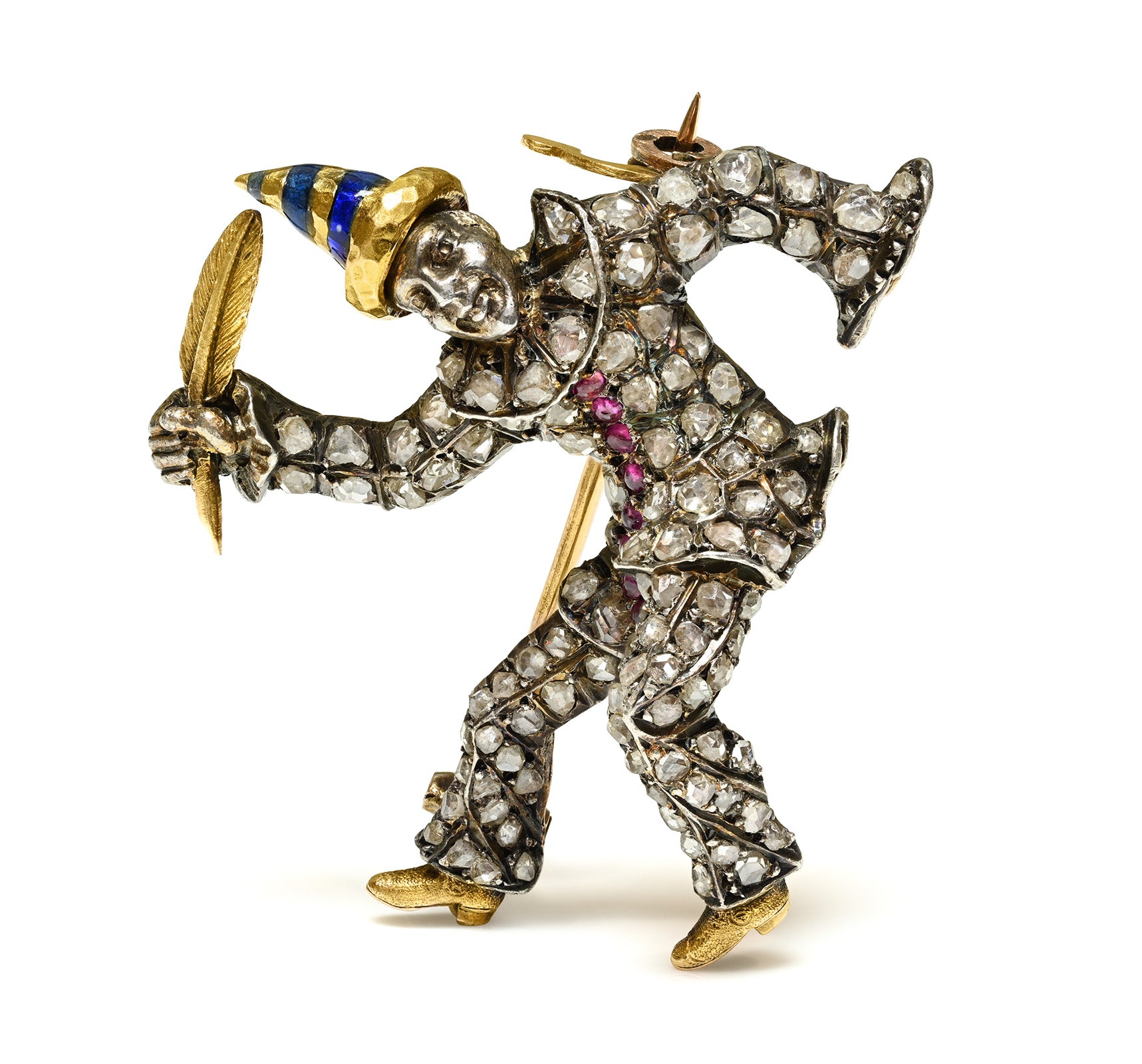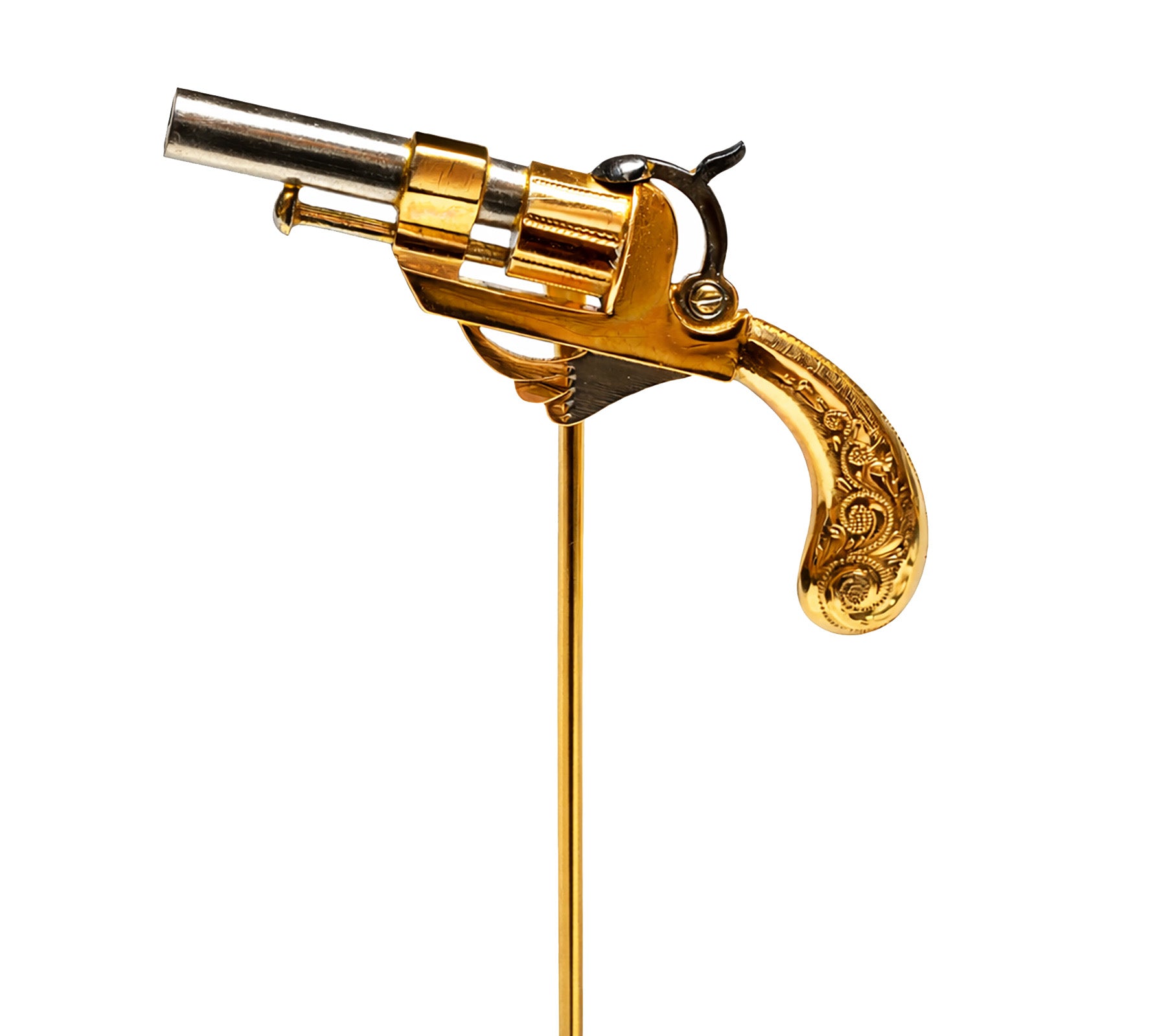
Ancient Buddhist Swastika (Shrivatsa): Hidden Truths
The swastika is among the oldest symbols found in ancient jewelry, architecture, and sacred objects, with origins reaching back thousands of years before its modern misappropriation.
Archaeological evidence shows that this motif appeared across diverse civilizations—from the Indus Valley and ancient India to Greece, Rome, Mesopotamia, and Bronze Age Europe—where it represented prosperity, eternity, and the cyclical nature of life. In Asia, particularly in Hinduism, Buddhism, and Jainism, the swastika was revered as a sacred emblem of well-being, divinity, and good fortune, often inscribed on temples, amulets, and ritual objects.
In classical Mediterranean cultures, it symbolized harmony and continuity, appearing on mosaics, coins, and personal adornments. Its widespread presence on jewelry, pottery, textiles, and even monumental architecture underscores its role as one of humanity’s earliest universal signs of positive energy and cosmic balance—long before later history overshadowed its original, deeply auspicious meaning.
The Swastika as an Ancient Jewelry Symbol
In jewelry, the swastika carried both aesthetic and symbolic weight. Ancient craftsmen incorporated the design into gold pendants, engraved amulets, and ornamental motifs, believing it to offer protection and luck to the wearer. During the late 19th and early 20th centuries, the swastika even enjoyed a revival in Art Nouveau and Arts & Crafts jewelry, often inspired by archaeological discoveries and exotic symbolism.
Collectors of antique swastika jewelry today view these pieces not as political relics but as artifacts of a deeper human tradition—where the symbol embodied vitality, cosmic balance, and enduring charm. This makes them both historically significant and a fascinating subject within the study of antique jewelry design.
Once upon a time, the swastika was seen as a symbol of the gods, a connection between heaven and earth. But its hidden meanings have been lost over the long course of history.
Maybe no other symbol in the world has been treated with such misunderstanding and injustice as the swastika. Most people associate it with Hitler and with the crimes of the Nazis, but the swastika is actually an ancient symbol of holiness, divine power, prosperity, and luck, found in the iconography of many different cultures and religions around the world.
The Swastika is a Universal Symbol
The oldest known swastika has been discovered in Mezine, Ukraine, engraved on a 12.000 years old Paleolithic figurine of a bird, carved in mammoth ivory.
One of the first cultures that used the swastika symbol was a Neolithic community that spanned most of Serbia and parts of Romania (particularly in Transilvania), Bulgaria, and Macedonia in the period 5700–4500 BC or 5300–4700/4500 BC. Mirror-image swastikas (clockwise and counter-clockwise) have been found on ceramic pottery in the Devetashka cave, in Bulgaria. They date back to 6,000 BCE.
 Ancient Roman Mosaics in Villa Romana La Olmeda (Wikimedia Commons)
Ancient Roman Mosaics in Villa Romana La Olmeda (Wikimedia Commons)
In ancient Greece, Pythagoras used the swastika under the name "Tetraktis". This symbol was considered a link between Heaven and Earth, with its right arm pointing to Heaven and its left arm pointing to Earth. Centuries later, the swastika was used by the early Christians, including the Teutonic Knights, a medieval German military order.
The ancient Druids also used the swastika, the symbol is found on the relics attributed to their culture.
The swastika was also used by the northern tribes. In Norse myths, Odin is depicted passing through space like a spinning disk or like a swastika facing down, penetrating all the worlds. This ancient symbol was also associated with the sky-god Thor. People often carved the swastika on objects to give them sacred symbolism, or sometimes just to bring them luck. A blacksmith, for example, would have a swastika carved on his hammer to make it lucky.
The swastika was also used by the Phoenicians as a symbol of the Sun and was a sacred symbol for Phoenician priestesses.
The Aztecs and Mayans drew this symbol on burial sites, clothing and jewelry. In Europe, this symbol was found in Roman catacombs, churches, market stones, and tombs.
In India, the swastika is inextricably linked to Buddhism, a religion that later spread to China. It can often be found on Buddha sculptures and is believed to be a sign shown by the Buddha to the first people to portray Him.
Swastika - Etymology
In terms of etymology, "swastika" is of Sanskrit origin, and it means "well-being", "good existence" and "luck". However, it is known by different names in different countries - such as "Wan" in China, "Manji" in Japan, "Fylfot" in England, "Hakenkreuz" in Germany, and "Tetraskelion" or "Tetragrammadion" in Greece.
The word "swastika" has been used in the Indian subcontinent since 500 BCE. It was first recorded by the ancient linguist Pāṇini in his work Ashtadhyayi.
In Europe, Heinrich Schliemann, the German adventurer that discovered Troy, wrote about the "swastika" in an 1871 text, after he discovered more than 1,800 ancient samples of the swastika symbol and its variants while digging the Hisarlik mound near the Aegean Sea coast. Schliemann linked his findings to the Sanskrit swastika.
Later on, a Sanskrit scholar, P.R. Sarkar explained in 1979 that the deeper meaning of the word is "permanent victory." He said that any symbol can have both a negative and positive meaning, depending on how it is drawn. Thus, in Hinduism, the right-facing swastika symbolizes the god Vishnu and the Sun, while the left-facing swastika symbolizes Kali (the goddess of death among others) and magic.
The double meaning of the symbol is common to ancient traditions, as is the case with the pentagram, which is considered negative when pointed downwards, and positive when pointed upwards.
Some Truths Behind the Swastika
"The idea is that the star does not contain rotation. All rays emanate from a center but nowhere do they intersect. They go to infinity. We could define the star as a symbol of individualism. In the swastika, individualism does not exist, here the principle of collectivism persists. In other words, these hooks, these branches, they transcend, they double each other.
They express rotation. They show that individualism is an illusory ideology, that we depend on each other. In society, man cannot exist on his own. But to accept this truth is very difficult for a man ... ", wrote the Russian anthropologist Bagdasarov Roman in a study dedicated to the symbolism of the swastika.
According to Bagdasarov, "the swastika is a planetary symbol. Unlike other primitive signs, the swastika began to be considered the first conscious symbol transmitted through the chain of traditions, from person to person, from tribe to tribe, from nation to nation."
Bagdasarov tells in detail how and in what form the swastika was encountered at every step in Slavic culture: it was applied on sacred objects (icons, crosses, and crucifixes, in ornaments and murals in temples), on household objects and clothing, it is present in architectural and art monuments. "Swasti" in Sanskrit translates, in particular, as a "blessing".
Perhaps it is precisely for this reason that, according to some interpretations, the swastika is the symbol of happiness and prosperity. And, while the common belief that the swastika symbolizes the life force, light, cosmic energy, cyclical regeneration and is considered to be the sign of the Creator, many peoples expose it anytime and anywhere, when the blessing of divine forces is needed. It is often used in everyday life as a kind of "talisman".
Most of the ancient traditions and knowledge consider that the language of symbols is not an invention of man. The Divine Forces offered these revelations to prophets and holy men, who passed on this knowledge to people.
The symbols were changed according to the events that took place in the spiritual sphere of human activity.
Unfortunately, much of the old spiritual knowledge and traditions were lost in Russia during the Revolution and the Soviet regime. And after the tragic events of World War II, the swastika started to be associated in people's minds with fascism.
Roman Bagdasarov wrote that the "definition of the Nazi symbol" can be given only to the swastika positioned at an angle of 45 ° vertically, with the edges facing right ... it would be desirable to not call it "swastika", but "Hakenkreuz", as the Nazis did themselves. More accurate dictionaries distinguish between "Hakenkreuz" (Nazi swastika) and the traditional forms of a swastika in Asia and America, which are at a 90 ° angle.
The Swastika Nowadays. A Genocide Against Good People
Nowadays, Falun Gong, a spiritual practice that originated from China, uses a symbol that features a large swastika surrounded by four smaller ones, interspersed with four taichi (yin-and-yang symbols).
Falun Gong, also known as Falun Dafa, is rooted in Buddhist tradition and consists of two main components: self-improvement through the study of teachings centered on the principles of Truthfulness, Compassion, and Forbearance, and a set of four gentle qigong exercises and meditation.
In the 90-ties, Falun Dafa became a mass movement in China, being embraced and appreciated by nearly one hundred million people, more than the number of the Chinese Communist Party members. This put the practice on the "radar" of the ruthless dictator Jiang Zemin, who, scared of the popularity of Falun Gong, launched a brutal national campaign to eradicate it. And the extermination campaign turned soon into a real genocide that continues to this day.
As independent investigations would later prove, the communist regime started to kill practitioners Falun Gong practitioners and sell their organs for profit. Once forcibly sent to labor camps or prisons, many of the practitioners are subjected to medical exams, and the results are entered into a database. Afterward, when a patient in need of a transplant pays the price required by Chinese state hospitals, a compatible Falun Gong adherent is extracted from prison and killed.
Based on an independent report, entitled "Blood Harvesting / The Slaughter: An Update," we are talking about over 1.5 million transplants (till 2016). Many innocent Falun Gong practitioners have fallen victim to this macabre state-sponsored industry - live organ harvesting.
The China Tribunal, chaired by Sir Geoffrey Nice, QC (lead prosecutor of Slobodan Milosevic at the International Criminal Tribunal for the Former Yugoslavia), conducted the world’s first independent legal analysis of forced organ harvesting from prisoners of conscience in China. The Tribunal examined all available evidence in order to determine what criminal offenses, if any, may have been committed by individuals affiliated to state or state-approved bodies, organizations, or officials in China that may have engaged in forced organ harvesting.
The Tribunal’s members unanimously and beyond a reasonable doubt, concluded that in China forced organ harvesting from prisoners of conscience has been practiced for a substantial period of time involving a very substantial number of victims.
"Forced organ harvesting has been committed for years throughout China on a significant scale and … Falun Gong practitioners have been one – and probably the main – source of organ supply", the judges concluded.
Cover Photo Credit: Monchai, CC BY-SA 3.0, via Wikimedia Commons















